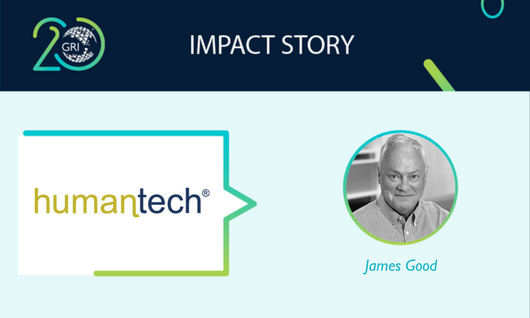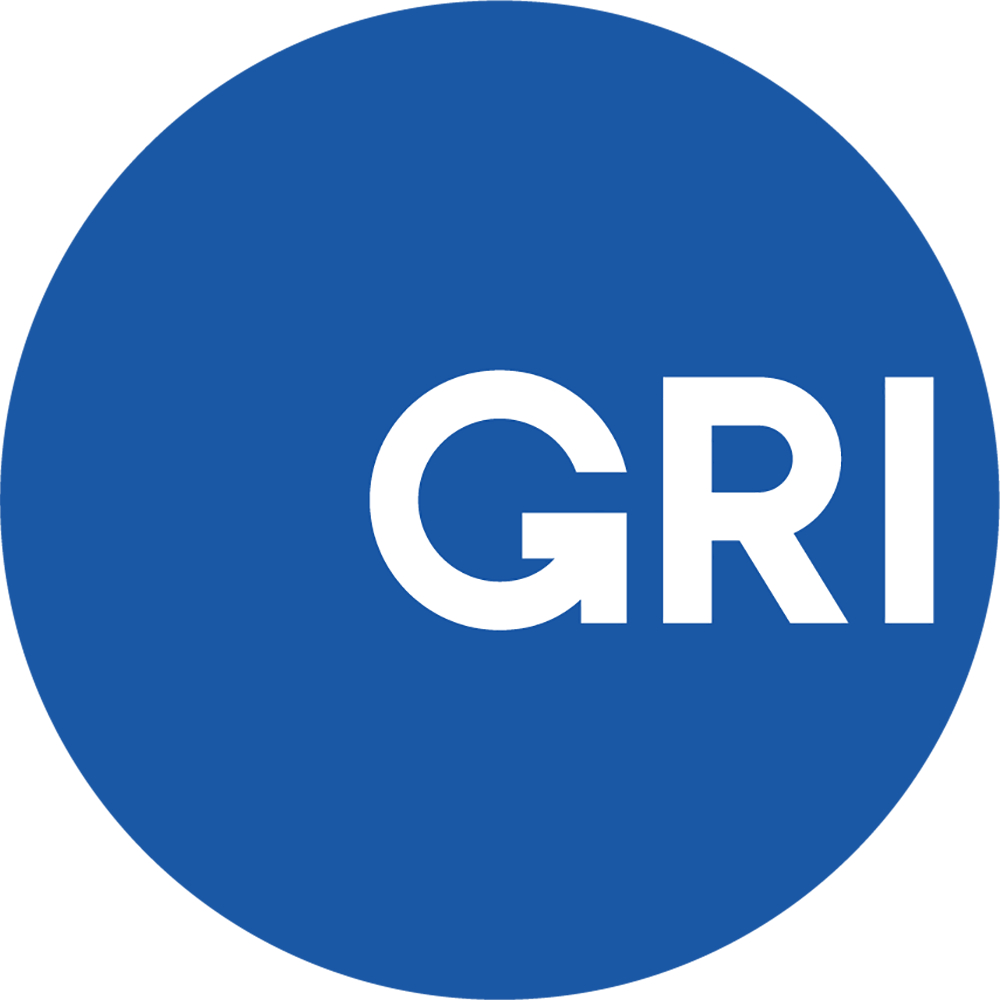Case Study: Improving Workplace Conditions a Vital Component of Social Responsibility

Humantech Inc. specializes in industrial engineering, bio-mechanics and occupational ergonomics, and helps Fortune 1000 companies identify and quantify injury risk in the workplace. We spoke with their President, James Good, who told us that sustainability is a core concept that drives Humantech’s business.
James Good: Over the past six years we have established sustainability as a core strategic element in our company's transformation from a specialized, in-person consulting firm to a technology company offering its unique capabilities though software as a service solutions. Fortune 1000 companies, which constitute the majority of Humantech’s client base, are increasingly committed to sustainability, and they expect the same from their suppliers. As such, we have earned a Platinum level certification to National Science Foundation (NSF) Protocol P391: General Sustainability Assessment Criteria for Services and Service Providers.
Typically, technical buyers or procurement managers don’t differentiate between products and services when they evaluate potential suppliers. They do, however, understand the value of certified environmental claims. Certification helps us prove to them that our deliverables meet their needs and their supply chain expectations.
How has Humantech benefited from using the GRI framework and being a member of the GRI GOLD Community?
For the majority of our clients, corporate social responsibility (CSR) and sustainability reporting have come to play an essential role in the development of corporate sustainability. GRI offers a means of tracking progress on key activities and performance indicators relating to CSR and sustainability, enabling transparency with various stakeholders, and helping companies focus on their own sustainability strategies. And, of course, the GRI framework has become a leading tool for companies to express their goals and progress.
The environmental and governance aspects of ESG have garnered the majority of focus. However, social elements are just as important. As GRI reporting continues to evolve, we hope that occupational ergonomics and the reduction of risk in the workplace will be accepted as a valid material component, as part of the social side of ESG.
Humantech’s work is directly connected to the sustainability of your clients. Can you explain how?
We connect to our clients at the social pillar. Every business is really a people business. Each and every sector of commerce depends exclusively upon people to make money. Remove people from your workplace, and in less time than it takes for them to walk out the door, all production stops. Laboratory or foundry, manufacturing plant or call center, in high-tech, low-tech, and no-tech businesses, people are the sole source of productivity. It's incumbent upon all successful organizations to optimize the experience and output of their people.
As creating more fit workplaces almost immediately improves a company’s performance, Humantech’s clients come to experience the benefits of sustainability in a very tangible way. How can they turn this into a competitive advantage through reporting?
The benefits are indeed tangible, but our clients don’t necessarily have the vernacular to talk about them. Businesses have much to gain by being socially responsible in terms of enhancing brand value and reputation, attracting millennial talent, and achieving cost reductions. As business improvement experts, we want to be part of that transition.
As an example, one of our long-standing Fortune 500 clients generated over $4 million USD savings by reducing musculoskeletal disorders after only three years of using the Humantech System®. They also had a 79 per cent reduction in lost time injury and a 50 per cent reduction in average days away.
In their 2015 Sustainability Progress Report, Cummins, Inc., a Humantech client and GRI reporter, describes similar benefits, reporting a 13 per cent drop in the incidence of injury due to ergonomics, such as awkward postures or strain, which had been a leading cause of injury. They also reported a 5 per cent reduction, since 2013, in the number of injuries per 100 employees, and a 5 per cent reduction in their severity.
Cases like these are "move the needle" kinds of results that could find their way into annual reports, sustainability reports or even quarterly earnings calls, if there was an accepted way to express these non-financial gains.
With the GRI Sustainability Reporting Standards, companies are able to unlock the transformative power of transparency, while contributing to the common sustainability agenda and reaping the benefits of increased stakeholder trust. Visit the GRI 20th Anniversary hub for more impact stories, and join the effort to create a sustainable global economy.

